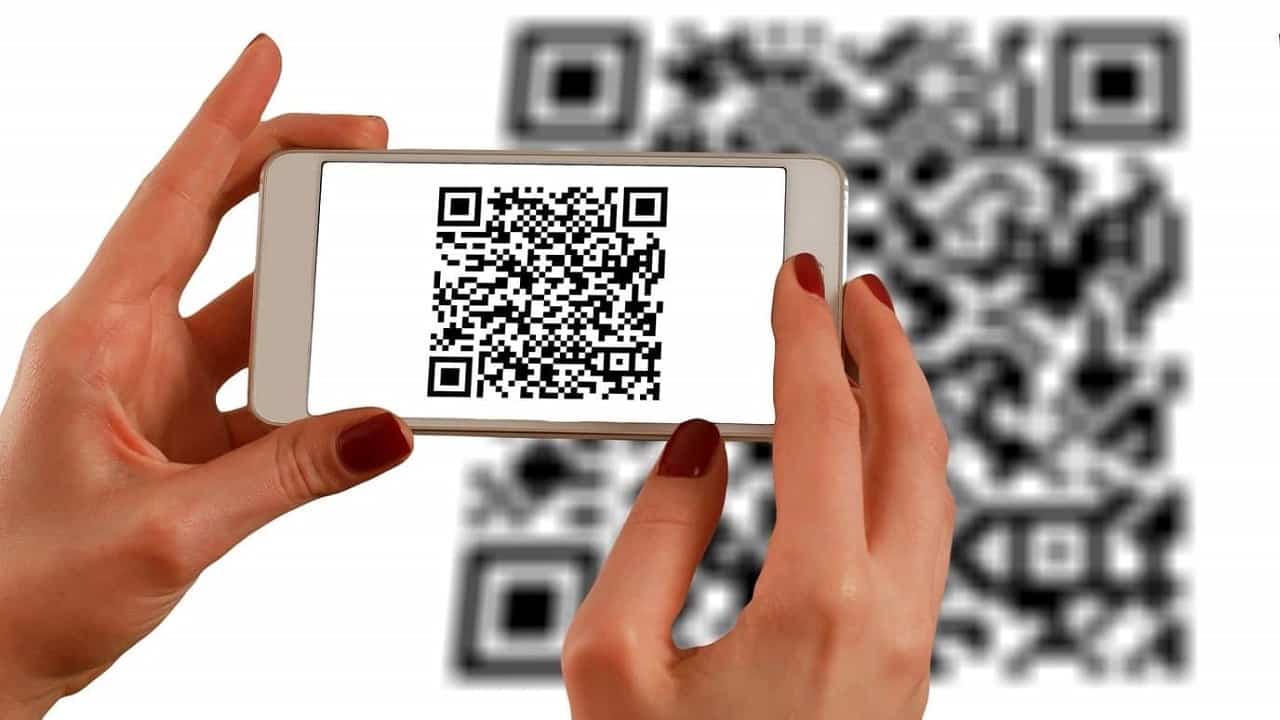Scanning is good, not scanning is better – here are seven important tips from CyberArk about i QR Code.
Don’t trust QR Codes too much: CyberArk explains why

Nowadays there seems to be a QR code for everything, and it is actually true.
In the era of contactless, these little black and white symbols have emerged from relative obscurity to replace everything. In a short time they became the definitive business card, the digital pass for events and also a virtual payment option. Governments around the world have even adopted them to facilitate contact traceability and verification of status of vaccinations.
QR codes are accessible and, apparently, destined to stay. However, they are also a perfect way for cybercriminals to steal users’ personal information. Before understanding how to protect ourselves, we need to know what these QR Codes are.
QR codes (abbreviation for quick response codes) are a type of two-dimensional barcode which contains dataoften a locator, identifier or tracker. They can be easily read by a smartphone or other device equipped with camera e converted into useful information for the userlike theURL of a website or aapplication.
QR codes were first invented in 1994 but became extremely popular after COVID-19.
7 tips to defend yourself
While they may seem safe, even the QR Code they can be victims of hacker attacks. For this it is good to pay attention: here are seven ways to protect yourself:
- Don’t scan!
- If something looks strange, don’t scan the QR code. Go directly to the actual website.
- Slow down.
- Before scanning any QR code it is good to ask yourself: do we know who put it? Does it make sense to use a QR code in this situation?
- Examine the QR code URLs carefully.
- After scanning the QR, check the URL to which it addresses before proceeding. Does it match the organization associated with the QR code? Does it sound suspicious, or does it include strange spelling or typos?
- Look for signs of physical tampering.
- This is especially important in places where QR codes are commonly used, such as restaurants. If you notice a QR code sticker stuck to a page on top of another code, it is good to be very skeptical.
- Never download applications from QR codes.
- Criminals can easily clone and fake websites. Always consult with official application stores device and download applications from there.
- Do not make electronic payments via QR code.
- It is better to use thenative app or access the payment via the bank’s official website.
- Enable multi-factor authentication (MFA).
- This will help protect sensitive accounts, such as banking, email, and social media apps.
As for QR codes, the best advice of CyberArk is to always use the common sense. If it was an email, we would click on any link? QR codes are becoming one of the attackers’ favorite phishing methods and the same rules apply of e-mails: proceed with caution and apply the same security check as is used in the digital realm.















Leave a Reply
View Comments